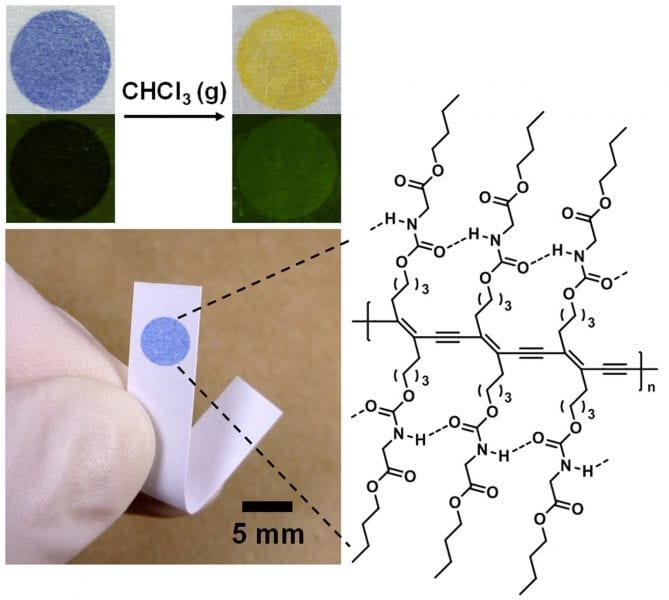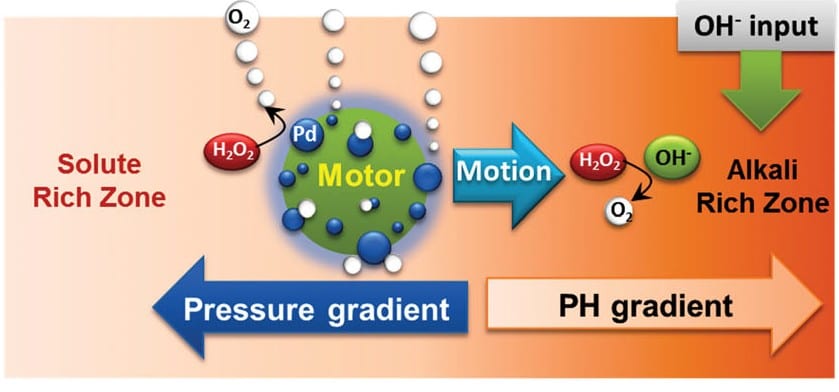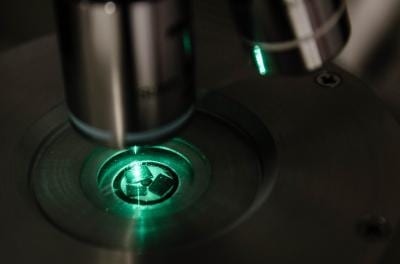New design methodology may pave the way for micro-electromechanical sensors and actuators – robots will be able to see and feel more effectively in future.


New design methodology may pave the way for micro-electromechanical sensors and actuators – robots will be able to see and feel more effectively in future.

Interfacing biological systems with nanomaterials may have a significant impact in research fields such as biosensors and tissue engineering.

The use of MAPLE for the deposition of macromolecular thin films has been investigated by Princeton researchers.
Amorphous graphene, copper clusters, and solar cells – these and more in February’s physics highlights.

A litmus-type sensor system for the detection of volatile organic compounds is developed using a common office inkjet printer.

Scientists have developed autonomous catalytic microrobots that swim towards a specified target with a speed of 20 body length per second.

Nanyang researchers take group II-VI semiconductor cadmium sulfide from 20 to -20 degrees C in major breakthrough.

Duke University engineers have developed a material that can be applied like paint to the hull of a ship and dislodge bacteria from the ship’s surface.
Flagship aims to take graphene and related layered materials from academic laboratories to society.

Project seeks to develop electronics that will melt on command – proposer’s day has been announced.